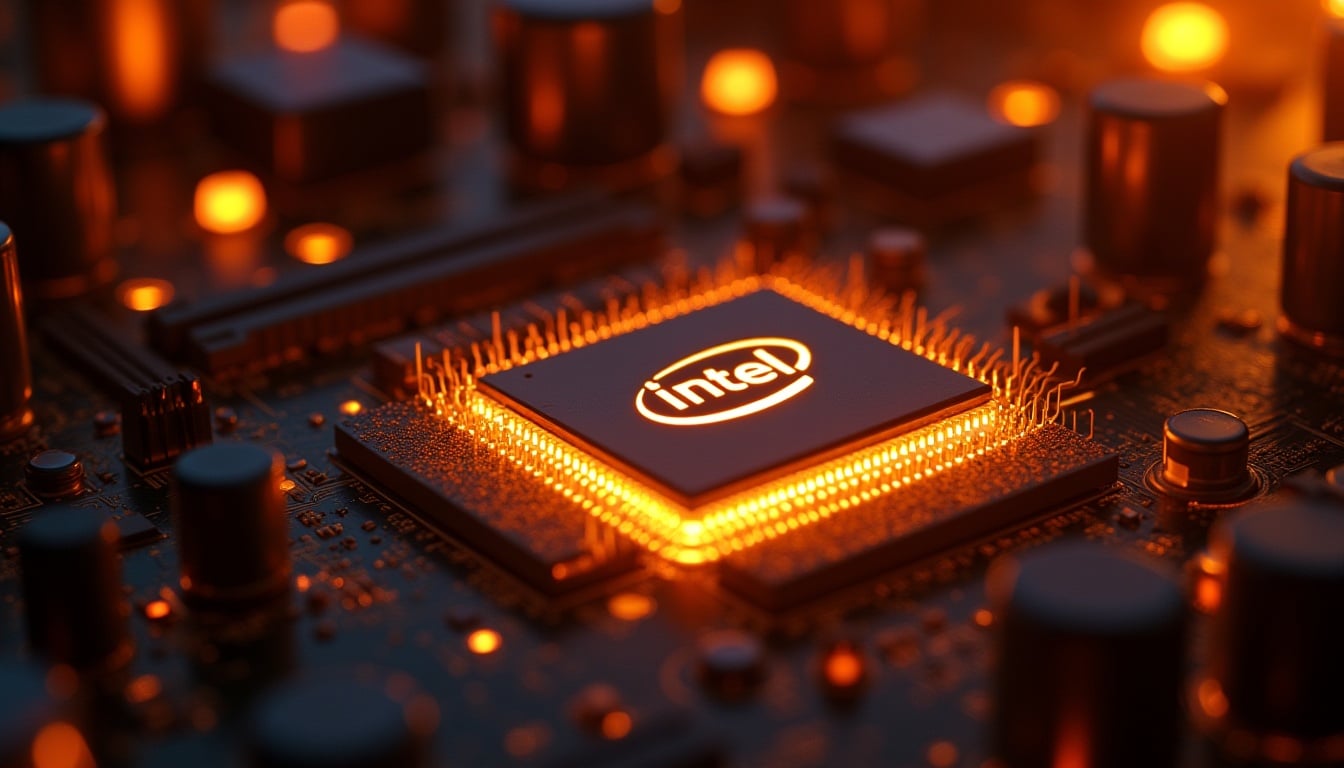Intel is going through its most challenging period in over fifty years. In 2024, the company reported losses of $18 billion, a record figure in four decades and a sign of a deep crisis that combines financial troubles, technological delays, and fierce competition in the global semiconductor market.
The new CEO, Lip-Bu Tan, took the helm with the goal of streamlining the structure, merging functions, and shifting strategy toward divisions with higher revenue potential. Early measures included widespread layoffs and drastic cuts in capital investments. However, the outlook has become more uncertain following recent statements by Donald Trump, who publicly called for his immediate resignation, leaving the future of current plans in question.
In this context, Craig Barrett, who served as Intel’s CEO and chairman during critical periods such as the dot-com crisis, has published a ten-point plan in Fortune that he believes could “save Intel and the advanced chip manufacturing industry in the United States.”
Barrett’s Ten-Point Plan: Immediate Investment, Committed Customers, and Political Action
1. Intel is Critical to the U.S.
Barrett emphasizes that Intel is the only American company capable of producing state-of-the-art logic chips domestically. Losing this capacity would make the U.S. entirely dependent on foreign manufacturers.
2. Competitors Without U.S. Manufacturing Plans
Neither Samsung nor TSMC plans to establish cutting-edge factories in the U.S. in the near future, which strengthens Intel’s strategic position.
3. Customers Must Recognize Their Dependence
Companies like NVIDIA, Apple, and Google need a secondary manufacturing source for cost reasons, geographical stability, and supply chain security.
4. A Critical Liquidity Gap
Intel lacks sufficient resources to match TSMC’s capacity. Barrett estimates an additional $40 billion would be necessary—equivalent to the total subsidies expected under the Chips Act. He considers it unlikely that the government will shoulder such a financial burden alone.
5. The Solution: Major Client Capital
Barrett proposes that eight large clients each invest $5 billion. He believes this injection would give Intel a real chance to regain leadership.
6. Criticism of the Current CEO’s Approach
He criticizes the idea of delaying the development of technologies like 14A until client commitments are obtained, insisting, “In this sector, you must be a leader, not a follower. No one wants a second-rate product.”
7. Technological Edge Still Usable
Despite the difficulties, Barrett believes Intel still has the technical capacity to lead if it invests immediately—“They just need the money,” he urges.
8. Political and Tariff Incentives
To motivate clients, Barrett suggests the U.S. impose a 50% tariff (or the amount determined by the administration) on imports of next-generation chips, modeled after support measures already applied to steel and aluminum.
9. Opposition to Dividing the Company
Some former board members have suggested splitting Intel into two to attract investment, but Barrett considers this a distraction: “If the goal is to save Intel, immediate investment is the priority, not corporate restructuring.”
10. Coordinated Public-Private Action
The plan concludes with a call for Trump and the Department of Commerce to facilitate the political framework, for clients to commit capital, and for Intel’s board to “do something positive for the company” without delay.
Balancing Industrial Patriotism and Financial Viability
Barrett’s approach combines national security arguments with economic realities. His clear diagnosis is that without immediate funding and strategic alliances with top clients, Intel will not be able to compete with TSMC or sustain advanced manufacturing in the U.S.
However, the proposal involves risks:
- Relying on external investment conditioned by clients with their own interests.
- Implementing tariff measures that could trigger international trade tensions.
- Accelerating technological investments amid financial uncertainty.
The real question is whether Intel’s major clients would be willing to finance a supplier that, in some cases, is also a competitor in areas like chip design.
A Broader Debate Beyond Intel
Intel’s future also shapes the future of the U.S. semiconductor industry. If the company loses its ability to produce cutting-edge logic chips locally, dependence on Asia—and especially Taiwan—would become nearly total, with significant geopolitical implications.
As Barrett concludes, time is running out: “Either action is taken now with investment and commitment, or Intel will be sidelined, and so will the U.S.’s ability to lead in semiconductor manufacturing.”

